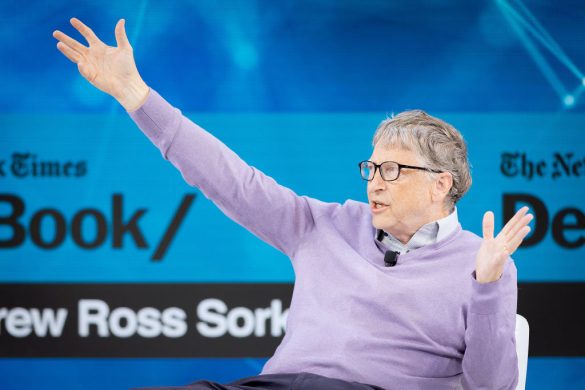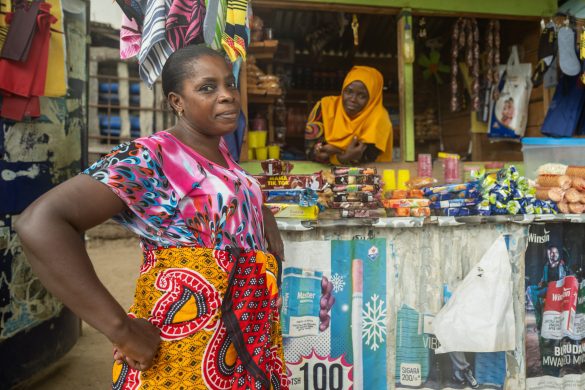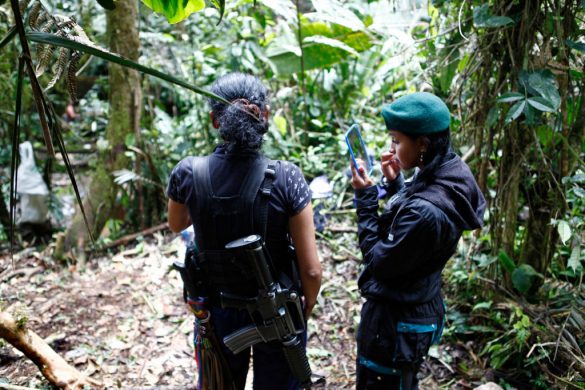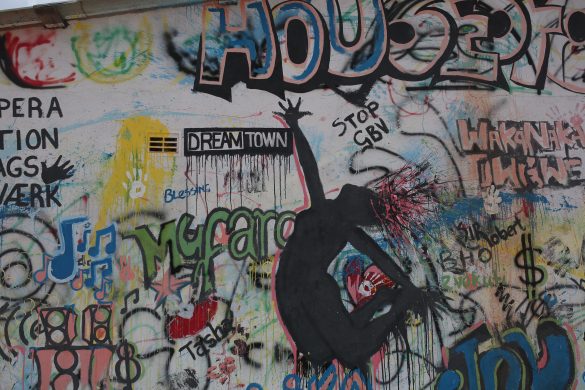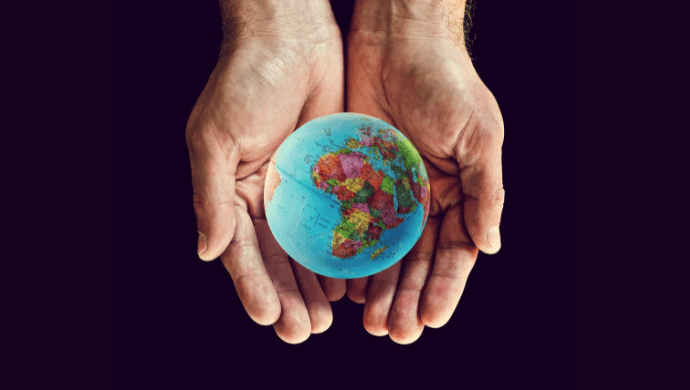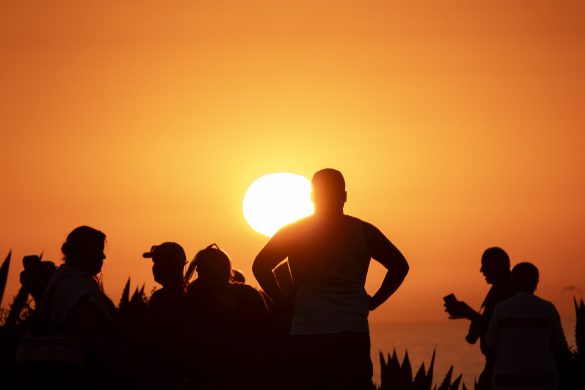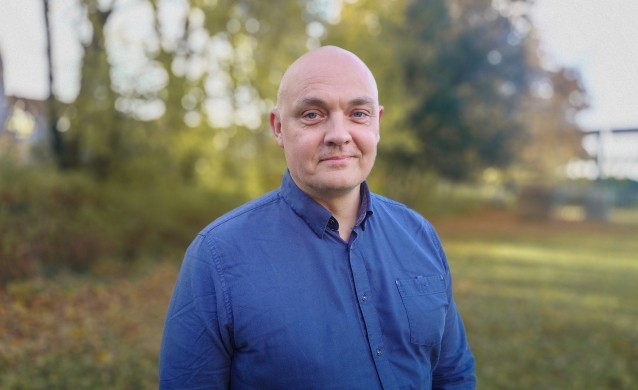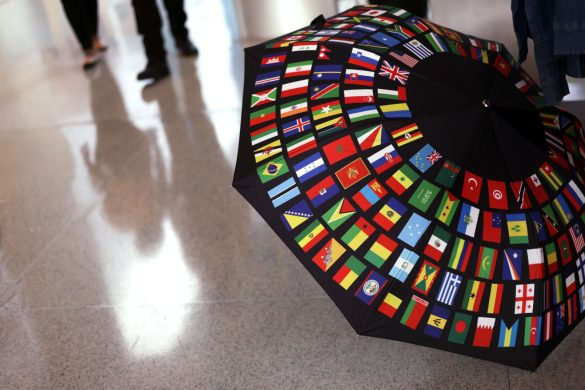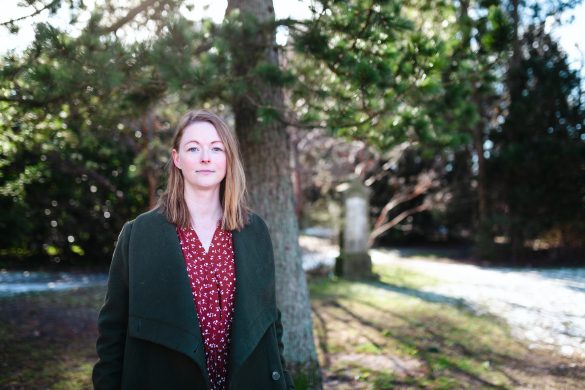NEW YORK, 21 September 2015 (UNDP): A Brazilian indigenous group (indianerstamme) that inspired the film Avatar, a conservation outfit in Indonesia that is saving sea turtles (havskildpadder) and a movement for pygmy rights in DR Congo are among the 21 winners of a United Nations prize that recognizes outstanding community efforts to reduce poverty, protect nature and strengthen resilience (modstandskraft) in the face of climate change.
The winners of the 2015 Equator Prize were announced by the UN Development Programme (UNDP) in New York.
The prize winners have secured land rights for hundreds of communities, saved millions of hectares of forests from destruction, protected endangered wildlife species and created tens of thousands of jobs for their communities.
They include groups working in conflict areas in Iran, Afghanistan and DR Congo, as well as communities in Honduras and Colombia that suffer from drug trafficking and other crime.
“Det KAN gøres”
“These winners show what is possible when indigenous peoples and local communities are backed by rights to manage their lands, territories and natural resources,” said UNDP Administrator Helen Clark.
“This is the true face of sustainable development,” said the Administrator, adding: “The achievements of Equator Prize winners tell us something fundamental: that low-cost, innovative, local solutions do help the world battle climate change and realize sustainable development”.
In addition to Brazil, Indonesia and DR Congo, the other winners are from Belize, Bolivia, Cambodia, China, Colombia, Ethiopia /Kenya, Honduras, Madagascar, Malaysia /Indonesia, Papua New Guinea, Tanzania, and Uganda.
Droner og smartphones
The award was given to groups from Afghanistan, Guyana and Iran for the first time.
Miss Clark noted that among this year’s winners are those who have used drones and smartphones; and others who are practising organic (økologisk) agriculture; promoting peaceful conflict resolution; and advocating through media and other campaigns.
“The bottom line is that land rights for indigenous people are good for the climate, good for sustainable development.”
1.461 var indstillet
This year’s winners were chosen from a record 1,461 nominations from across 126 countries.
Each winning group will receive 10,000 US dollar (ca. 60.000 DKR) and is able to participate in a two-week community summit during the up-coming Paris conference on climate in December.
They will be celebrated at a star-studded gala event on 7 December 2015, where the awards will be handed out.
International experts guided a rigorous, months-long process to select the winners. The Equator Prize is unique for recognizing collective action, rather than individual achievement.
Alle de celebre støtter
The Equator Prize has been supported by
* former Heads of State Gro Harlem Brundtland and Oscar Arias,
- Nobel Prize winners Al Gore and Elinor Ostrom,
- thought leaders Jane Goodall and Jeffrey Sachs,
- indigenous leaders like Vicky Tauli-Corpuz,
- philanthropists Richard Branson and Ted Turner, and
* celebrities Edward Norton, Gisele Bündchen, Connie Britton and many more.
It is the flagship programme of the Equator Initiative, a partnership that brings together the UN, governments, civil society, businesses, and grassroots organizations to advance sustainable development solutions.
Partners of the initiative include the governments of Norway, Germany, Sweden, and the United States, as well as Conservation International, Convention on Biological Diversity, Ecoagriculture Partners, Fordham University, the International Union for Conservation of Nature, the Nature Conservancy, PCI-Media Impact, Rare, the UN Environment Programme, UNDP and the UN Foundation.
The 21 EQUATOR PRIZE 2015 WINNERS
Detailed winner summaries available at www.equatorinitiative.org
Prey Lang Community Network, Cambodia
Through forest patrols, geo-referencing technology and grassroots movement building, this alliance of indigenous Kuy communities has protected a 500,000-hectare forest in the Cambodian lowlands – the country’s largest remaining primary lowland evergreen forest – from illegal logging and land grabs and improved the health and incomes of 200,000 forest-dependent people.
Projektet støttes af den danske NGO, Danmission, og Københavns Universitet – se mere på
http://danmission.dk/blog/2015/09/22/danmissions-partner-i-cambodja-vinder-fn-pris
Rural Green Environment Organization, Afghanistan
The organization works in one of the country´s poorest provinces and has banned illegal fishing and hunting, improved food security and restored degraded lands through food for work projects (6,150 jobs created), tree nurseries, forest guard patrols, terracing and the planting of fruit and nut trees (200,000 trees planted).
Maya Leaders Alliance, Belize (Central America)
Focused on land rights, forest management and environmental conservation, the coalition of Maya organizations and leaders has secured land rights for 39 Q’eqchi and Mopan indigenous communities in southern Belize, marking the first indigenous peoples land rights victory in the Caribbean region.
Consejo Indíigena del Pueblo Tacana, Bolivia
In the heart of one of Bolivia’s most biodiverse areas, home to 50 endangered species, the Tacana indigenous group secured rights to more than 389,300 hectares of forest, which has resulted in four times less deforestation in the region and the development of sustainable industries in agroforestry, ecotourism, cacao production and caiman harvesting.
Instituto Raoni, Brazil
An organization founded by the Kayapó, the indigenous group which inspired the Hollywood blockbuster Avatar, this initiative has protected 2.5 million hectares of indigenous forests, with the help of an innovative media strategy called the “video warriors” project, which documents illegal logging in the remotest corners of the Amazon.
The group also works to strengthen local food security and develop alternative livelihoods for more than 3,000 indigenous people in the Amazon.
Movimento Ipereg Ayu, Brazil
The 13,000-strong Amazonian indigenous Munduruku people launched a resistance movement—called Ipereg Ayu (“I am strong, I know how to protect myself”)—that blocked the development of a Tapajós River dam complex that would have submerged their territories (one million hectares of primary rainforest).
The movement has secured land rights as a defense against illegal logging and mining and to create space for sustainable livelihoods.
Yunnan Green Watershed Management Research and Promotion Center, China
Formed in response to a 1998 dam project that displaced the indigenous Yi peoples, the center has protected over 1,300 hectares of mountain forest, used agroforestry to increase incomes, banned illegal fishing nets (which saved the local fishing industry) and improved water access.
All of which led to improved incomes, food security and resilience against droughts.
Wuasikamas, el modelo del Pueblo Inga en Aponte, Colombia
Caught in the cross-hairs of Colombia’s drug trade, the Inga indigenous group has recovered rights to their 22,283 hectares of ancestral territory and expelled the armed guerillas, paramilitaries and drug-traffickers that between 1986 and 2004 degraded the environment and stymied sustainable development.
The community has set aside a 17,500-hectare sacred area and helped create with 8 other communities a court of indigenous justice.
La Dynamique des Groupes des Peuples Autochtones, DR Congo
The network of 43 indigenous organizations, which seeks to reduce poverty and protect biodiversity, has prevented the destruction of over 14 million hectares of forest.
This indigenous alliance undertook a multi-year stakeholder consultation to draft a bill that was presented to the national legislature on protecting the rights of indigenous pygmies, leading to a historic march in Kinshasa to demand adoption of the law.
Oromia Pastoralist Association, Ethiopia /Kenya
In response to climate-related resource conflicts, the Oromia Pastoralist Association is working on the Ethiopian and Kenyan border to mediate land disputes, facilitate the cross-border mobility of pastoralist tribes, and overcome existing barriers to climate change adaptation.
The association has successfully pursued cross-border dialogue and resource sharing as a pathway to ending the cycles of violence and conflict that have plagued this region.
South Central Peoples Development Association, Guyana
The federation of Wapichan communities uses smart phones, GPS units and a community drone to detect deforestation and other environmental damage caused by illegal logging and mining in their territory as part of collective efforts to map, protect and win land titles to their traditional lands.
The federation has facilitated more than 100 intercommunity agreements on the sustainable use of resources, the protection of wildlife and the conservation of forests.
Comité para la Defensa y Desarrollo de la Flora y Fauna del Golfo de Fonseca (CODDEFFAGOLF), Honduras
Operating in an impoverished coastal region of Honduras, the group has constructed artificial coral reefs as fish aggregation sites and used direct seeding to regenerate coastal mangrove forests.
Fish populations have increased by 36 percent and 1,200 hectares of mangroves have been replanted, benefiting more than 7,000 families. The group has successfully campaigned for the established of nine protected areas and a 69,711-hectare Ramsar site.
Moskita Asla Takanka (MASTA), Honduras
The federation representing some 60,000 Miskitus (etnisk gruppe) has used social mobilization, skillful negotiation, creative communications campaigns and alliance building to protect indigenous territorial rights and culture and defend 1.2 million hectares of Miskitus territory from ranchers, drug traffickers and palm oil and petroleum companies.
Deforestation rates have decreased and jobs have been created in forest management, small-scale fisheries and organic agriculture.
Forum Masyarakat Adat Dataran Tinggi Borneo, Indonesia /Malaysia
This trans-border indigenous peoples alliance brings together three indigenous groups on the island of Borneo, in an area that includes the island’s largest surviving intact forest and traditionally-farmed lands.
The alliance champions land rights, cultural diversity and traditional farming practices, and has improved livelihoods through links with global NGOs like the Slow Food International.
Kelompok Peduli Lingkungan Belitung, Indonesia
This group on Belitung island off the eastern coast of Sumatra has restored coral reefs, mangroves, fishing zones, turtle populations and tropical forests devastated by tin mining and other industrial development and boosted the local economy through ecotourism and expeditions to view tarsius (a small primate with huge eyes).
The group has created five island conservation areas, released 12,000 baby turtles over the past five years and planted 45,000 trees.
Komunitas Adat Muara Tae, Indonesia
To restore and protect their customary forests, 7,000 hectares of which have already been destroyed by palm oil, mining and oil companies, the Dayak indigenous group on the island of Kalimantan (Borneo) replanted more than 700 hectares of forests with traditional wood and fruit trees—under threat due to land clearing.
The group also engages in map-making and advocacy in an effort to secure legal recognition of their 4,000 remaining hectares of forest.
Umbrella Group of Naghadeh NGOs, Iran
Working in the areas surrounding the world’s second largest hyper-saline lake (5,000 km2), the umbrella group addresses water management issues that include wetland restoration, adaptation to droughts, farm irrigation and sedimentation in canals.
The partnership of 7 community NGOs has restored over 1,600 hectares of satellite wetlands where previous government initiatives failed, and in the process improved livelihoods, water security and ecosystem functioning.
Union Soamitambatra, Madagascar
A movement of 6,589 people across 10 communities, the union is using a local governance system to regenerate the Badika forest and its surrounding lakes. Together the group manages 14,910 hectares of forest and 65 hectares of lakes.
The union is a beacon of strength, serving as the last barrier against an expanding tobacco industry that is the primary driver of land conversion and deforestation in the region.
Wanang Conservation Area, Papua New Guinea
This alliance of 10 indigenous, forest-dwelling clans protects 10,000 hectares of forests from commercial logging interests and operates a research station—one of the country’s largest—to study the response of some 280,000 trees to the changing climate.
The alliance was created in response to commercial logging and a lack of public services and has made forest conservation the cornerstone of the local economy.
Mtandao wa Jamii wa Usimamizi wa Misitu Tanzania (MJUMITA)
This network of community forest groups with members in 450 villages in 23 districts across the country has impacted more than 500,000 people through such activities as helping villages secure land rights to their forests, resolving land distributes and designing land-use plans for the equitable use of forest resources.
Kayonza Growers Tea Factory, Uganda
Operating adjacent to (lige op til) one of Uganda’s oldest rainforests, home to 50 percent of the world’s mountain gorillas, the for-profit community enterprise is 100 percent owned by its 7,205 smallholder tea farmers.
It has countered deforestation, soil degradation and water shortages through ecoagriculture, the introduction of new crops and landscape-level climate change adaptation strategies.


